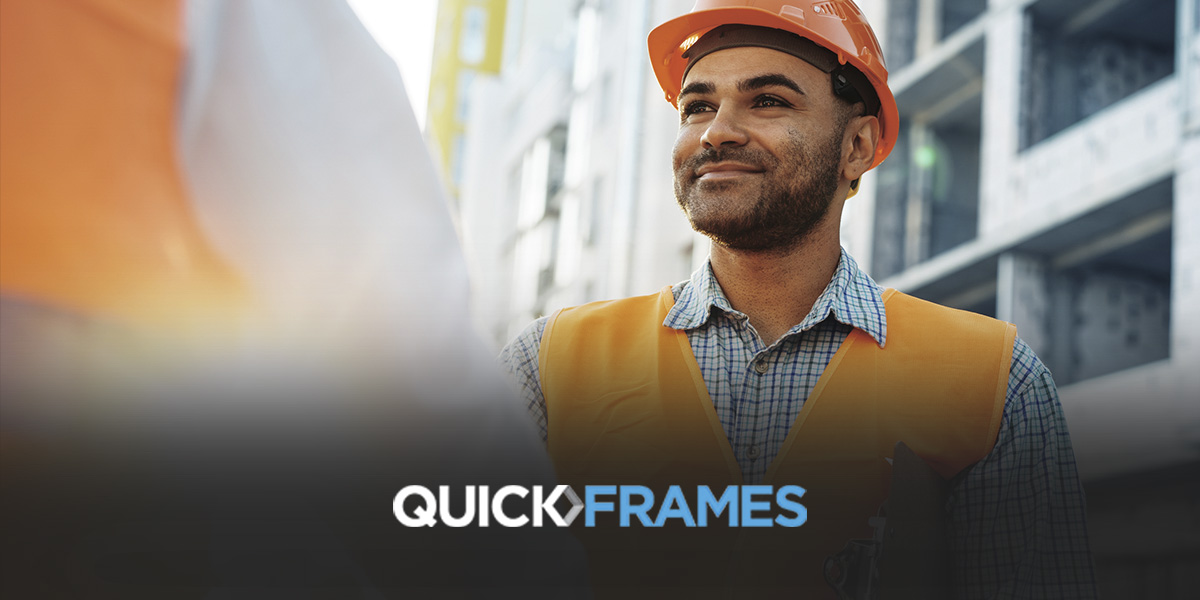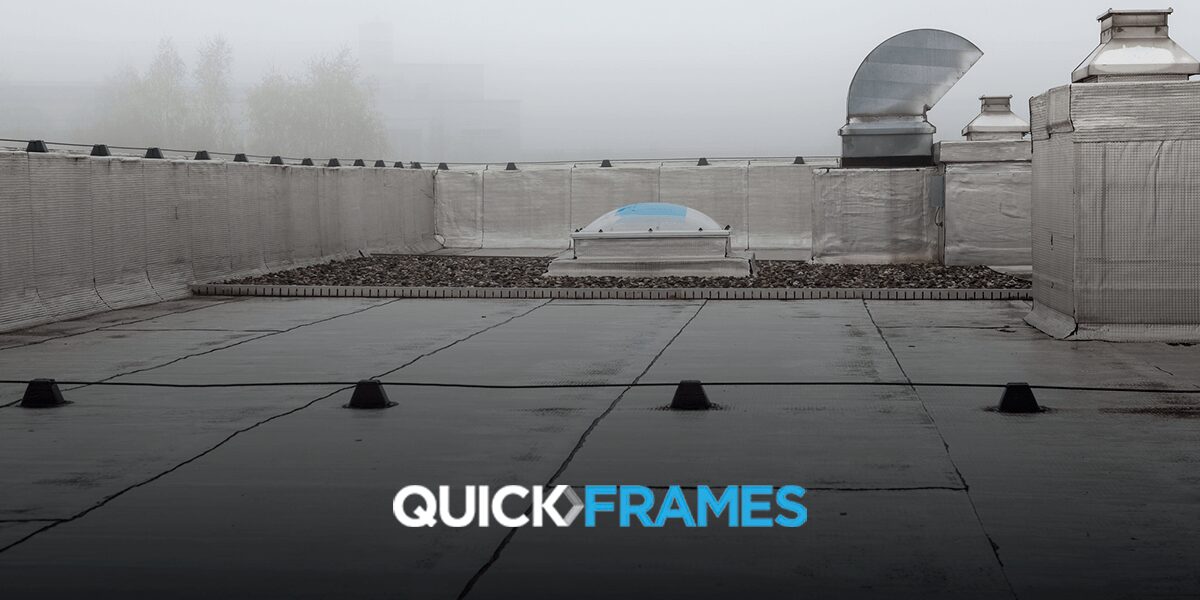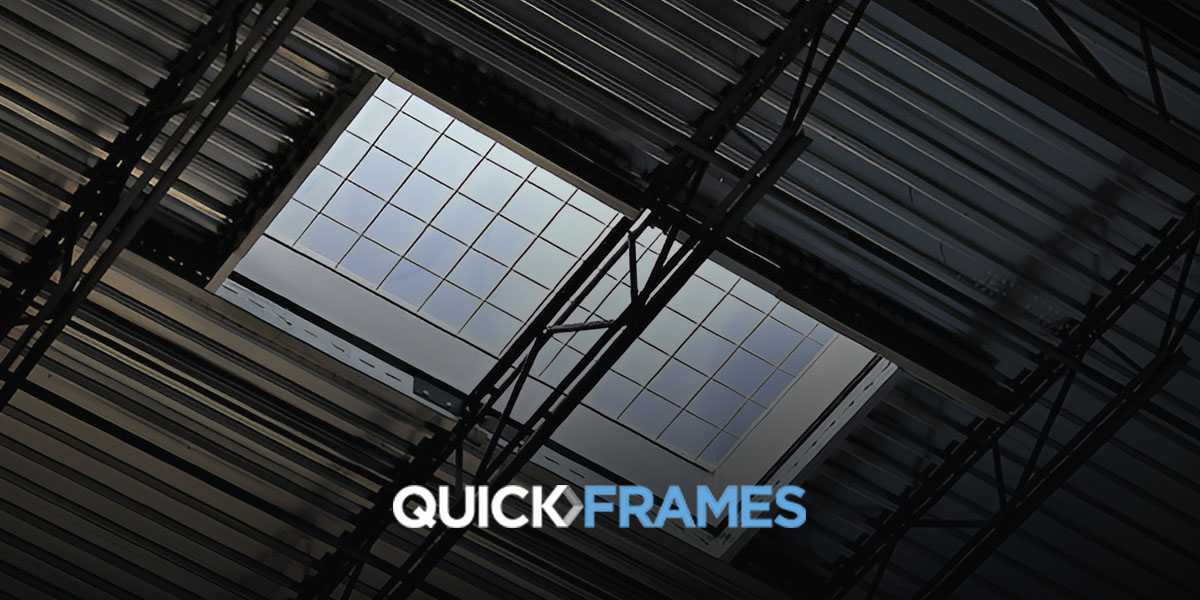Safety, Installation & Budget Challenges in Roof & Floor Framing
In our previous post, we shared some common design, labor and installation issues that occur in commercial construction with the penetration and coordination of roofs and floors. Today, we’re going to dive into a few additional installation problems, along with some frequent safety and budget concerns that come with using angle iron roof frames for rooftop equipment supports. Here’s some more information.
Problem #1: Difficulty Locating Openings on Tenant Improvement (T.I.) Projects
One of the biggest problems that fabricators and other stakeholders encounter when trying to locate rooftop unit openings in tenant improvement (T.I.) projects for angle iron roof frames is congestion in a given area. When they need to access a space, they’re often restricted from doing so because of existing HVAC ductwork, plumbing and electrical. If they can’t locate the openings on T.I. projects, getting the right roof frames in place will be a struggle from the start.
Additionally, TI projects require that contractors work around running operations. This means that they might have to do their work at night, for example, so they don’t interfere with assembly lines that run during the day and can’t be shut down. This can make it even more difficult to find the openings they need to – and get the work done.
Problem #2: Fire Dangers with Extremely Flammable Roof Materials & Beyond
Did you know that many, if not most, roofing materials are flammable? Take Thermoplastic Polyolefin, for example, a single-ply roofing membrane that is one of the fastest-growing commercial roofing systems on the market. TPO roofing systems are a single layer of synthetics and reinforcing scrim used to cover flat roofs. You can imagine the dangers of welding in angle iron roof frames so close to such combustible materials.
Furthermore, welding sparks and fumes can be dangerous if a T.I. building is home to food products, healthcare operations or anything flammable. The risk of damaging the goods or equipment is high, not to mention the inherent fire hazards of welding in such a space.
Problem #3: Miscoordination & Associated Problems
Using angle iron roof frames in T.I. or new construction projects comes with numerous risks and costs. It not only results in major coordination issues, but also causes job-wide coordination hassles, fire and health risks, fabrication delays, longer delivery times and longer installation times. What’s more, the cost to hire skilled welders is great, all of which combines to create significant cost overruns and hazards.
Clearly, angle iron roof frames are the way of the past for many reasons. Stay tuned for our next post in this series, which will cover how QuickFrames solve these problems and provide a better, modern way.
Any questions, or ready to get a fast, no-obligation quote on our roof frames (rooftop equipment supports)? Give us a call today!
Categories
- Blog



